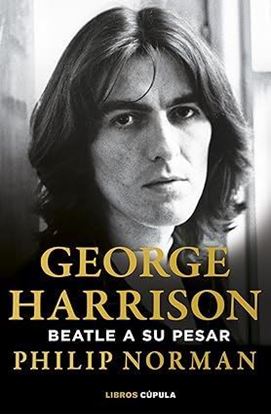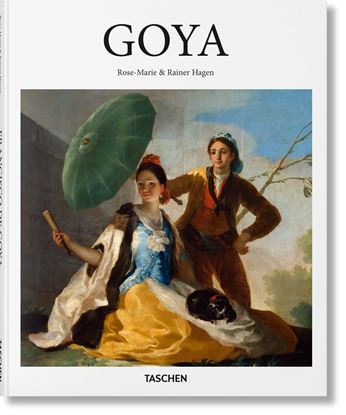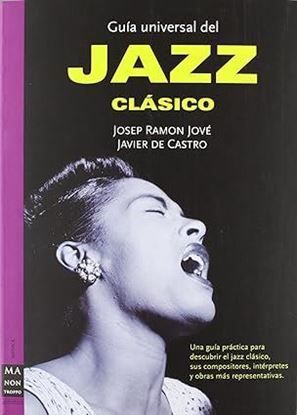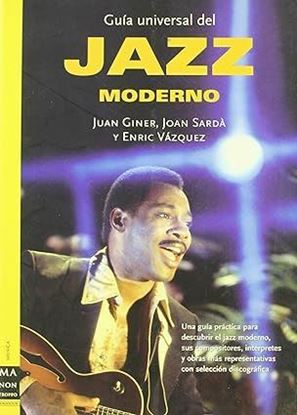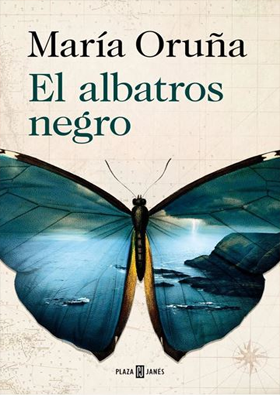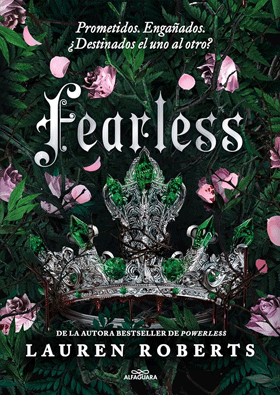

GEORGE HARRISON
Pese a ser aclamado como uno de los mejores guitarristas de su época y de la historia, George Harrison luchó contra sentimientos de inferioridad, especialmente en sus primeras décadas. A menudo era el blanco de las bromas de sus compañeros de banda debido a su origen de clase baja y, por lo general, no se le permitía contribuir más que con una o dos canciones por álbum de las decenas que escribía.
Ahora, el aclamado biógrafo de los Beatles, Philip Norman, examina a Harrison a través de la lente de sus numerosas contradicciones. Comparado con las enormes luminarias compositoras Lennon y McCartney, se le consideraba un talento menor; sin embargo, compuso obras maestras como «While My Guitar Gently Weeps» o «Here Comes the Sun», y su triple álbum de debut en solitario All Things Must Pass consiguió un inmenso éxito, apareciendo en muchas listas de los 100 mejores álbumes de rock de todos los tiempos. Los críticos de música moderna lo sitúan en el panteón de los dioses de la guitarra de los años sesenta, junto a Eric Clapton, Jimi Hendrix, Keith Richards y Jimmy Page.
2,200
1,650
GEORGE LUCAS
George Lucas es uno de los cineastas más reconocidos y admirados de todos los tiempos. En este libro, David M. Buisán nos descubre la fascinante historia de su vida y obra. A través de sus vibrantes ilustraciones, podremos revivir escenas icónicas de las películas de Lucas, además de conocer detalles y curiosidades sobre la producción y realización de sus grandes trabajos y de otras obras menos conocidas.
1,750
1,313
GIGANTES DEL CINE
De Paul Newman a Clark Gable, de Elizabeth Taylor a Marlon Brando... este libro reúne a las grandes estrellas del celuloide que en un momento u otro de su carrera han logrado el reconocimiento oficial de la Academia de Hollywood y el aplauso entusiasta de los aficionados al cine. Cada intérprete está presentado con su correspondiente ficha técnica, una selección de lo mejor de su filmografía, un resumen de su trayectoria y un análisis del personaje o personajes gracias a los cuales han podido ocupar un lugar privilegiado en la historia del cine.
900
675
GOYA (BASIC ART SERIES 2.0)
From court portraits for the Spanish royals to horrific scenes of conflict and suffering, Francisco José de Goya y Lucientes (1746–1828) made a mark as one of Spain’s most revered and controversial artists. A master of form and light, his influence reverberates down the centuries, inspiring and fascinating artists from the Romantic Eugène Delacroix to Britart enfants terribles, the Chapman brothers.Born in Fuendetodos, Spain, in 1746, Goya was apprenticed to the Spanish royal family in 1774, where he produced etchings and tapestry cartoons for grand palaces and royal residences across the country. He was also patronized by the aristocracy, painting commissioned portraits of the rich and powerful with his increasingly fluid and expressive style. Later, after a bout of illness, the artist moved towards darker etchings and drawings, introducing a nightmarish realm of witches, ghosts, and fantastical creatures.It was, however, with his horrific depictions of conflict that Goya achieved enduring impact. Executed between 1810 and 1820, The Disasters of War was inspired by atrocities committed during the Spanish struggle for independence from the French and penetrated the very heart of human cruelty and sadism. The bleak tones, agitated brushstrokes, and aggressive use of Baroque-like light and dark contrasts recalled Velázquez and Rembrandt, but Goya’s subject matter was unprecedented in its brutality and honesty.In this introductory book from TASCHEN Basic Art 2.0 we set out to explore the full arc of Goya’s remarkable career, from elegant court painter to deathly seer of suffering and grotesquerie. Along the way, we encounter such famed portraits as Don Manuel Osorio Manrique de Zúñiga, the dazzling Naked Maja, and The 3rd of May 1808 in Madrid, one of the most heart-stopping images of war in the history of art.
1,500
1,125
GUIA UNIVERSAL DEL JAZZ CLASICO
Una obra destinada a quienes deseen aproximarse de forma fiable y precisa a la realidad histórica del jazz clásico. El autor sitúa en el mapa a los principales protagonistas del jazz clásico, tanto los consagrados como los secundarios, de un modo riguroso y ameno. Desde el ragtime de Scout Joplin y James Scout, al blues de Robert Johnson, Bessie Smith y Louis Amstrong y la era del swing de las grandes orquestas de Duke Ellington, glenn Millar y Benny Goodman y finalizando en los grandes solistas como Coleman Hawkins, Lester Young y Lionel Hampton.
995
746
GUIA UNIVERSAL DEL JAZZ MODERNO
Una guía práctica para descubrir el jazz moderno, sus compositores, intérpretes y obras más representativas con selección discográfica.
Una obra destinada a quienes deseen aproximarse de forma fiable y precisa a la realidad histórica y presente del jazz moderno. En otras palabras, este volumen permite situar en el mapa a los principales protagonistas del jazz actual, tanto los consagrados como los secundarios y los novísimos más relevantes, de un modo riguroso y ameno.
Se trata de una apasionante revisión del jazz moderno, a través de los perfiles biográficos de sus figuras más reconocidas
1,150
863


